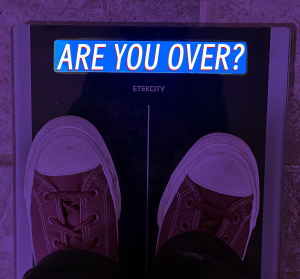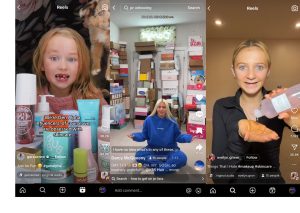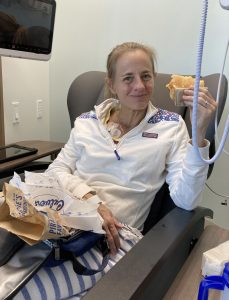Point-Counterpoint: School is Cool
October 28, 2020
Within the next couple of weeks, Wisconsin will find itself reaching the eight month anniversary of a majority of the statewide shutdowns and what was arguably one of the most impactful days of our lives. Many students also approach the eight month anniversary of the last time Wisconsin students received in-person education.
While taking classes from the comfort of your own home, working with a more flexible schedule, and being able to do all of it in your pajamas sounds like a dream come true to some, other students are beginning to see the uglier sides of online education.
In order to better the mental health of us students, build on the knowledge we have worked so long and hard to attain, and to give us the tools that we need to create a brighter future for our world, along with a virtual option, we need to provide the students and teachers the option of attending classes in person.
For many, the reason for hesitation when it comes to returning to school is the fear of fatalities that could come with it. However, according to the Center for Disease Control (CDC), the estimated fatality rate for individuals ages 0-19 is 0.00003, or 0.003%. That means if every single one of our school’s 956 students were infected with COVID-19, there would be a 2.868% chance of a single fatality within the student population.
Based on those statistics, in order for one student to die, we would have to multiply the current student population by about 34.867500, making the total approximately 33,333 students. Now I haven’t been inside the school since March, but last time I checked, our school is a bit too small for a group of that size.
Teachers, on the other hand, are at a higher risk. For individuals ages 20-49 and 50-69, the CDC’s estimated fatality percentages sit at approximately 0.02% and 0.5%, respectively. While in comparison, that number is relatively higher, it is still a very small percentage. It can be really frustrating for teachers during this time; having to look at just a grid of muted boxes while they try to explain the Pythagorean theorem can be very draining, and it’s almost impossible for them to tell if they are getting their point across.
These risks are some that students and teachers alike are willing to take for the sake of our youth’s education. They should be given the choice whether or not they would prefer to teach or learn virtually or in person.
It’s incredibly unfair that students are given barely any say in the decisions that directly affect not only their education, but their future. If a two-week spring break could turn into an eight month hiatus in the blink of an eye, who knows what could happen next. We have to act soon before permanent educational and mental health damages are done. So please, universe, let us roam those fluorescent lit hallways once more.






